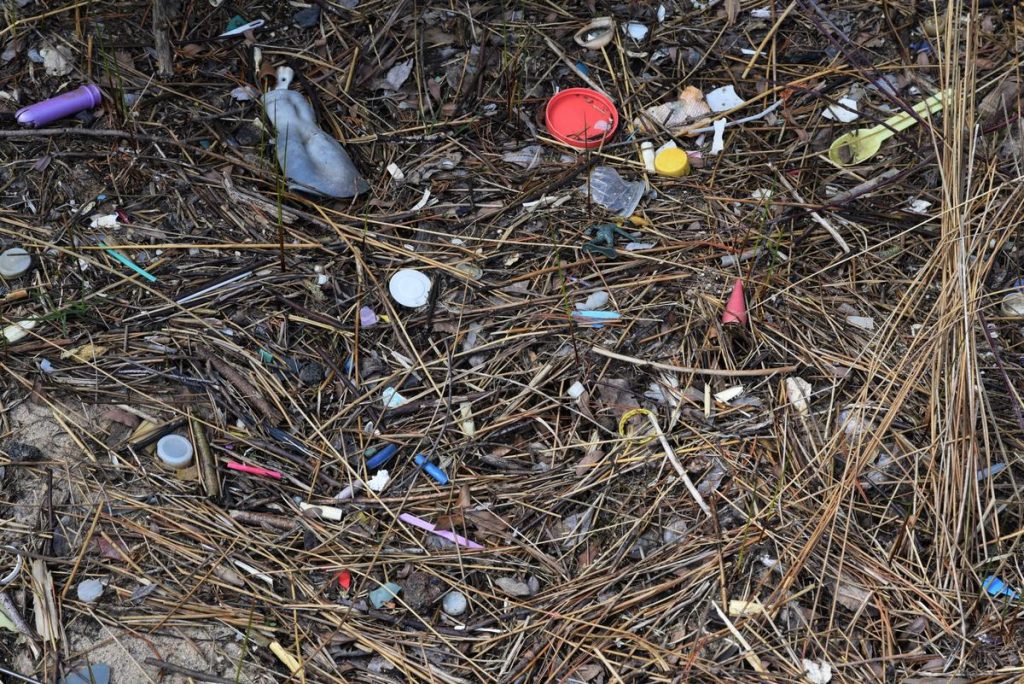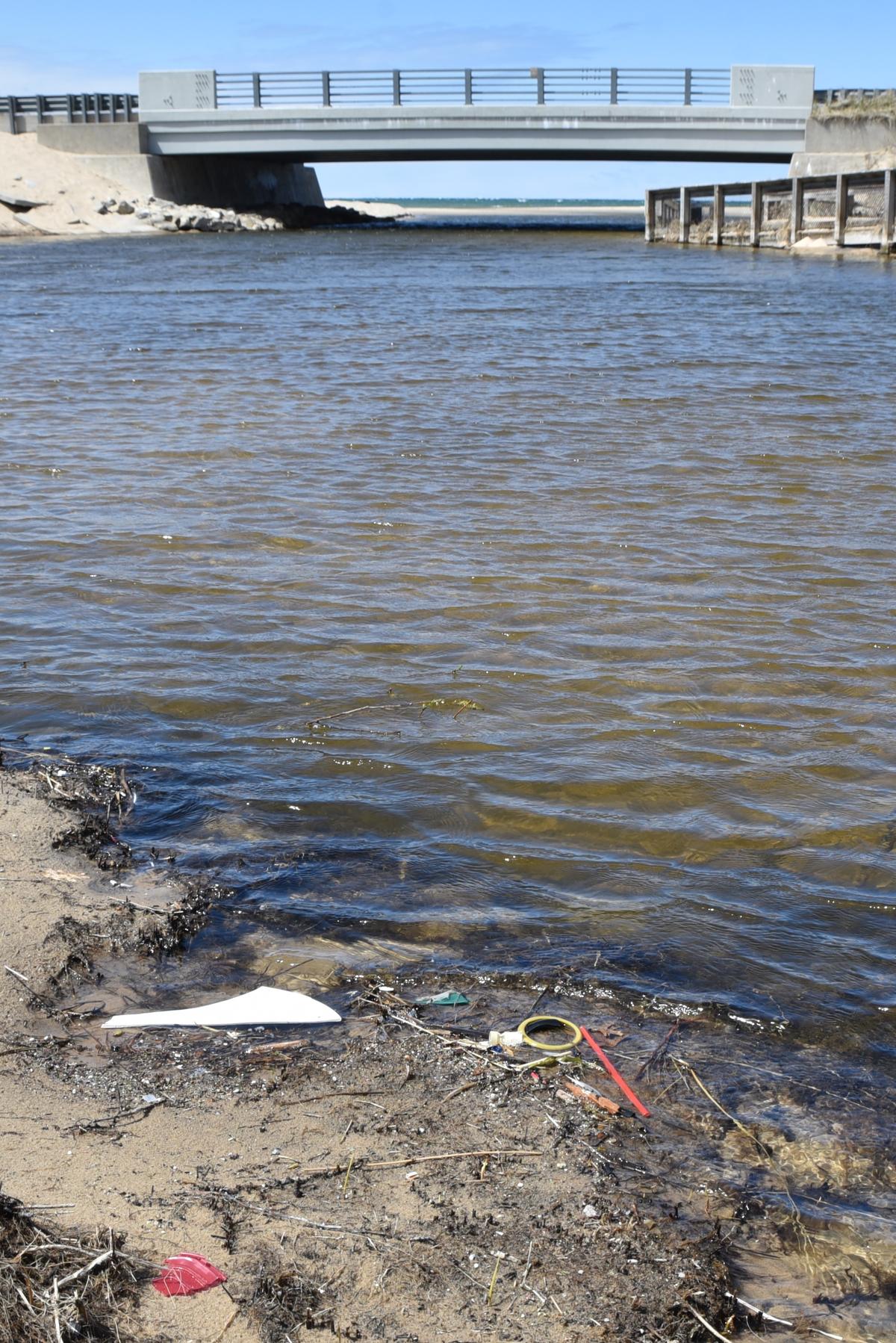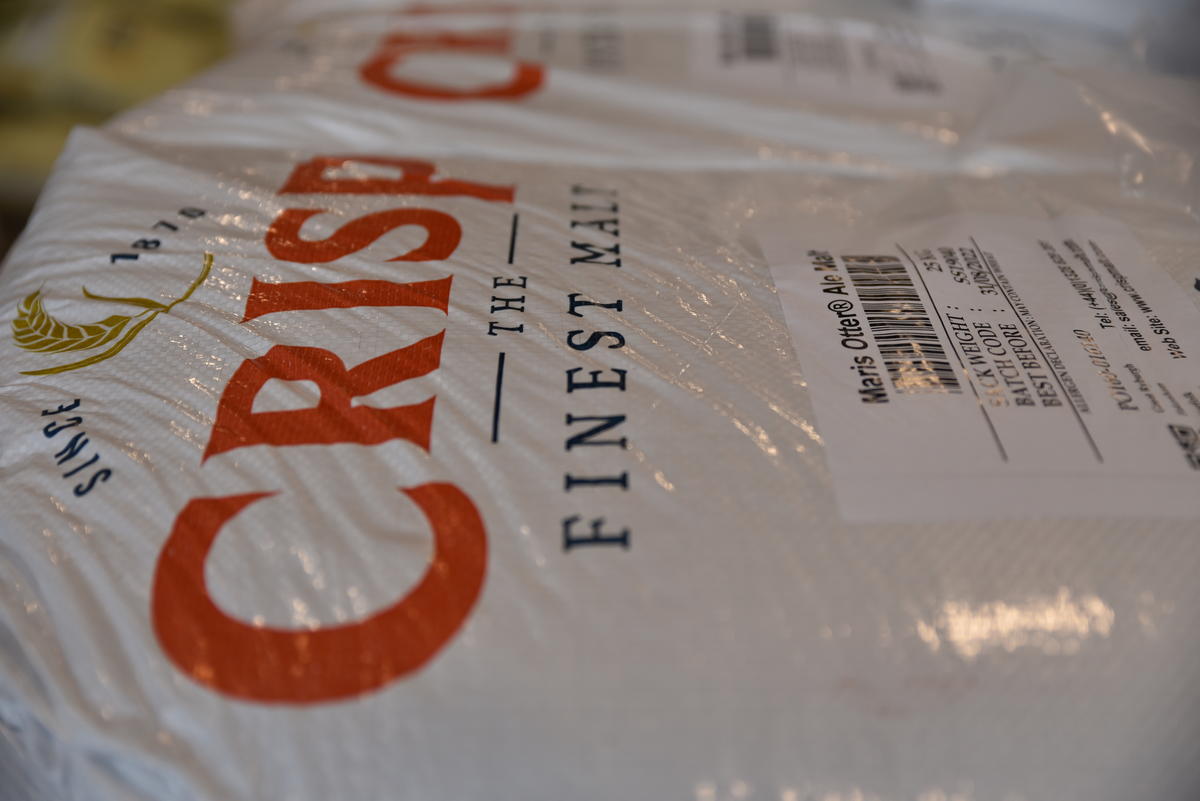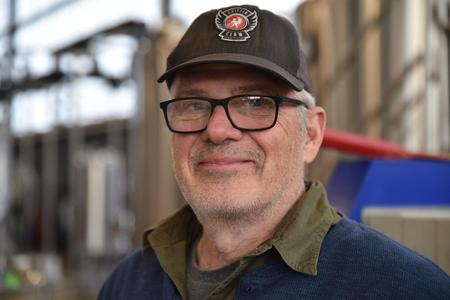Plastic Debris Is Getting Into the Great Lakes, Our Drinking Water, and Our Food
Plastic pollution is not only affecting the oceans but also the Great Lakes. One study out of the Rochester Institute of Technology estimates 22 million pounds of plastic debris enters the Great Lakes from the U.S. and Canada each year.

There’s been a lot of news about the amount of plastic debris in the oceans. But, plastic pollution is also affecting the Great Lakes. One study out of the Rochester Institute of Technology estimates 22 million pounds of plastic debris enters the Great Lakes from the U.S. and Canada each year.
It’s windy and chilly as volunteers are picking up trash along and area of Lake Michigan north of Muskegon.

“It just crumbles into little, little tiny pieces and eventually it just becomes almost impossible to pick up,” says Lynn Knopf, the chair of Duck Creek Watershed Assembly who is leading this event. She says the bulk of the trash is plastic and much of it is deteriorating.
The recent cleanup was part of the Alliance for the Great Lakes Adopt-a-Beach program, which organizes these events across the Great Lakes.
“And consistently, we see that about 85% of the litter picked up at Adopt Beach cleanups is made up of plastic,” says Jennifer Caddick, the spokesperson for the Alliance.

At Duck Lake, I saw thousands of pieces of plastic ranging from shopping bags, to plastic forks and spoons and drinking straws. There were also lots of unidentifiable bits of plastic in the water and on the shore.
“We know that plastic pollution never goes away. Right. It just breaks down into smaller and smaller pieces,” Caddick says.
Not only is it unsightly trash on Great Lakes beaches but the plastic can hurt wildlife.
Sarah Lowe is the Great Lakes regional coordinator for the National Oceanic and Atmospheric Administration’s Marine Debris Program.
“There’s definitely a lot of wildlife rescue centers that repeatedly get calls for wildlife that may be entangled in fishing line or plastic rings, but for the small stuff, the micro plastic debris, the primary focus there has been on the wildlife eating the micro plastic debris.”
And scientists are finding some plastic is becoming part of the fish.
“As our research methods become more sophisticated, we’re able to look at smaller and smaller size ranges and we’re finding that they’re more abundant on the smaller scale,” says Mary Kosuth, a research student at the University of Minnesota’s School of Public Health and Environment Health Sciences.
Researchers are finding plastic microfibers so small, they’re actually in the tissue, the flesh of fish. That means people are eating it too. It’s not the only way you’re ingesting plastics.
Kosuth’s own research sampled tap water in several cities in the Great Lakes Region and also sampled beer. She found plastic fibers in both the water and the beer. But something was off. In some cases she found greater amounts of microfibers in the Great Lakes beer than in the water used to make it.
“And found no correlation between the amount that was in the tap water and the amount that was in the beer from, say, the same cities,” she says.
What Kosuth didn’t realize is that a lot of grain used by brewers comes in bags made of woven threads of polypropolene, a strong plastic.

At Griffin Claw’s brewery in Rochester Hills, the head brewmaster and head distiller Dan Rogers hadn’t heard about plastic in the water or the beer. I asked him if it made any sense to suspect the bags used to ship grain.
“Yes, it does a lot of these malts are put in woven bags, it’s like a fabric almost. And some of the bags we have, they’re paper, but on the inside, there’s a plastic liner for like a moisture barrier. So, I would say all this grain touches plastic.”
He said he’d start investigating to see what could or should be done at his brewhouse.

As for tap water, treatment plants are not yet set up to filter out all these microscopic threads of plastic.
Single-use plastics are pervasive. Some, such as medical devices, are necessary. Plastic packaging is used to prevent retail theft. Some fleeces and other clothing are made of plastic and shed microfibers.
Back at Duck Lake State Park, Lynn Knopf stopped picking up trash for a bit to talk about the problem. Since seeing the mess on the beaches firsthand, she’s dedicated to cleaning up what she can and thinking before she buys things.
“You know, it’s something each person has to really look at themselves and decide what the best thing is they can do, but, you know, it all comes down to education and, you know, wanting to make the world a better place, I think,” she says.
But, some environmentalists say manufacturers are going to continue to make and sell single-use plastics as long as there’s a market. They want people to pressure businesses that make single-use plastic products. They insist we have to find ways prevent those millions of pounds of plastic getting into the Great Lakes and your water and your beer.
Listen: How plastic debris is affecting the Great Lakes.
Trusted, accurate, up-to-date
WDET is here to keep you informed on essential information, news and resources related to COVID-19.
This is a stressful, insecure time for many. So it’s more important than ever for you, our listeners and readers, who are able to donate to keep supporting WDET’s mission. Please make a gift today.
